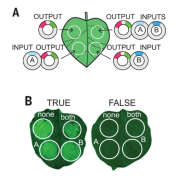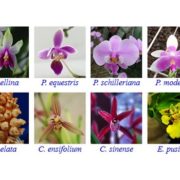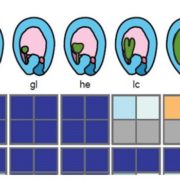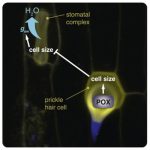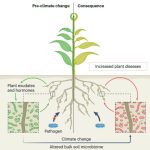Review: Computer models of cell polarity establishment in plants
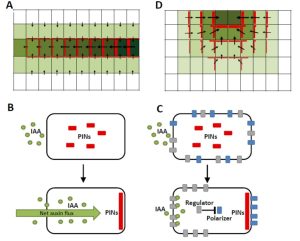 It’s pretty obvious that plants are not simply balls of cells. Their shapes and patterns are determined in large part through processes that cause cells to grow and divide asymmetrically, through the establishment of cell polarity. When I set out to read this review I was a bit nervous, expecting to be overwhelmed by differential equations. However, I was delighted to find it an accessible and fascinating look at the various ways we think about cell polarity in plants, with the added bonus of a description of how models are created and used to test these assumptions. It describes three main models for polarity establishment – auxin transport, mechanical forces, and cell division, along with the data that supports each model, and, helpfully, which cells and organs these models best fit (there is no one-size-fits all model). The review also points to current unknowns, and observes that most of these models are built and represent two-dimensional cell arrays, raising the question of how well they will fit 3D arrays and what else will we learn from 3D models? (Summary by Mary Williams @PlantTeaching) Plant Physiol. 10.1093/plphys/kiad264
It’s pretty obvious that plants are not simply balls of cells. Their shapes and patterns are determined in large part through processes that cause cells to grow and divide asymmetrically, through the establishment of cell polarity. When I set out to read this review I was a bit nervous, expecting to be overwhelmed by differential equations. However, I was delighted to find it an accessible and fascinating look at the various ways we think about cell polarity in plants, with the added bonus of a description of how models are created and used to test these assumptions. It describes three main models for polarity establishment – auxin transport, mechanical forces, and cell division, along with the data that supports each model, and, helpfully, which cells and organs these models best fit (there is no one-size-fits all model). The review also points to current unknowns, and observes that most of these models are built and represent two-dimensional cell arrays, raising the question of how well they will fit 3D arrays and what else will we learn from 3D models? (Summary by Mary Williams @PlantTeaching) Plant Physiol. 10.1093/plphys/kiad264



